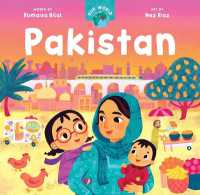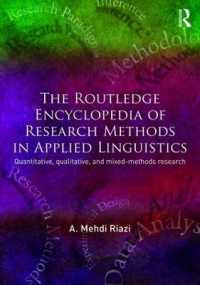Full Description
South Africa has participated in a number of local and international achievement studies in the field of education over the last 20 years and responses to the results have been somewhat mixed. Critics argue that participation in international assessments is a pointless exercise because of the slow pace of improvement in South African education. Supporters point out that international assessment results can be useful at many different levels of policy and planning, especially when studies are repeated across time. The purpose of this book is to provide a measured assessment of what has been achieved in South African education over the last 20 years based on the evidence provided by Trends in International Mathematics and Science Studies (TIMMS), to redefine what 'good' progress means in light of South Africa's developmental pathway and to recommend what evidence based interventions can be considered as the next realistic steps in South Africa's educational development.
Contents
Introduction
PART A: TWENTY YEARS OF EDUCATIONAL REFORM: HOW ARE WE DOING
National policies and practices
Education for development
Decisions based on data
Stuck at the shallow end
Provincial trends
Schools poverty index
International benchmarks: public and independent schools
Mathematics and science performance by gender and age
PART B: HOW LEARNERS LIVE AND LEARN
Home environment
Physical resources at school
School environment and climate
School safety
Attitudes and aspirations
Teacher identity
Home language
Summary of results
PART C: LESSONS LEARNED AND POLICY RECOMMENDATIONS
Lessons from twenty years of TIMSS: how do we improve the chances for South African learners?
Policy and programme recommendations for different role players
References
Notes on contributors






